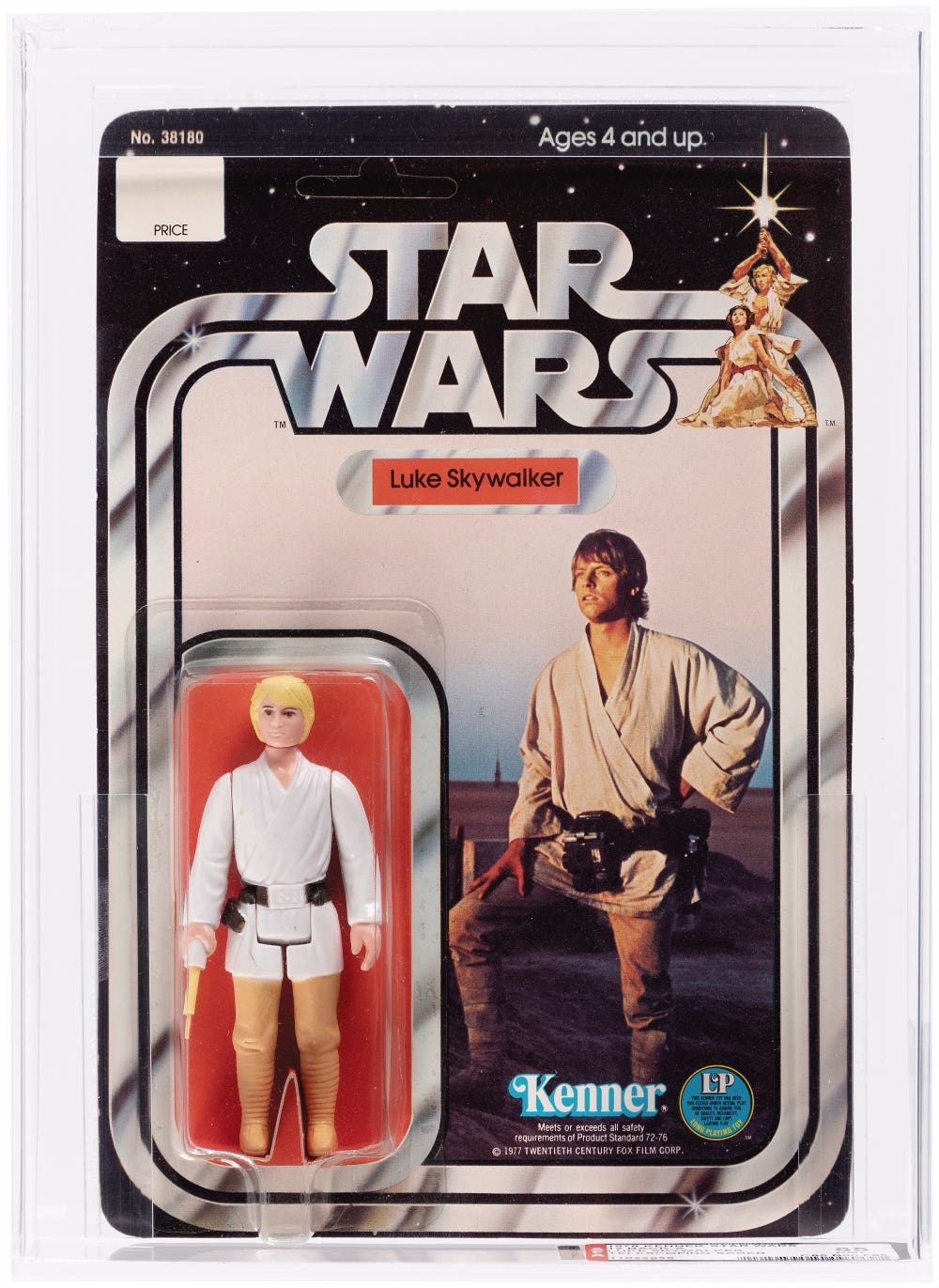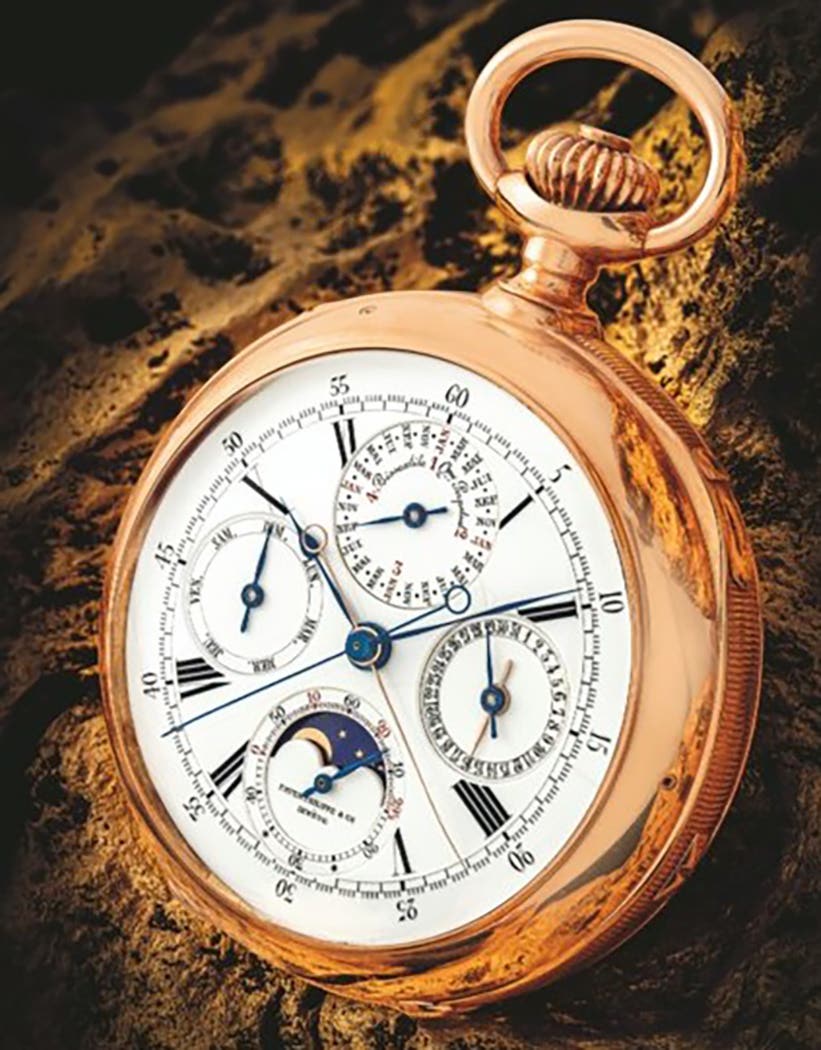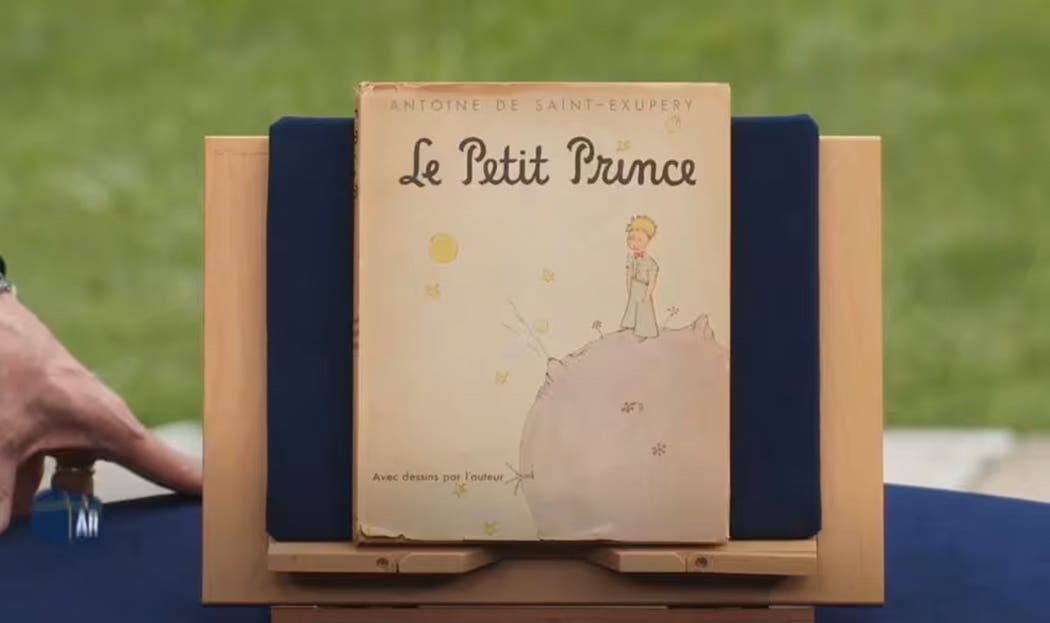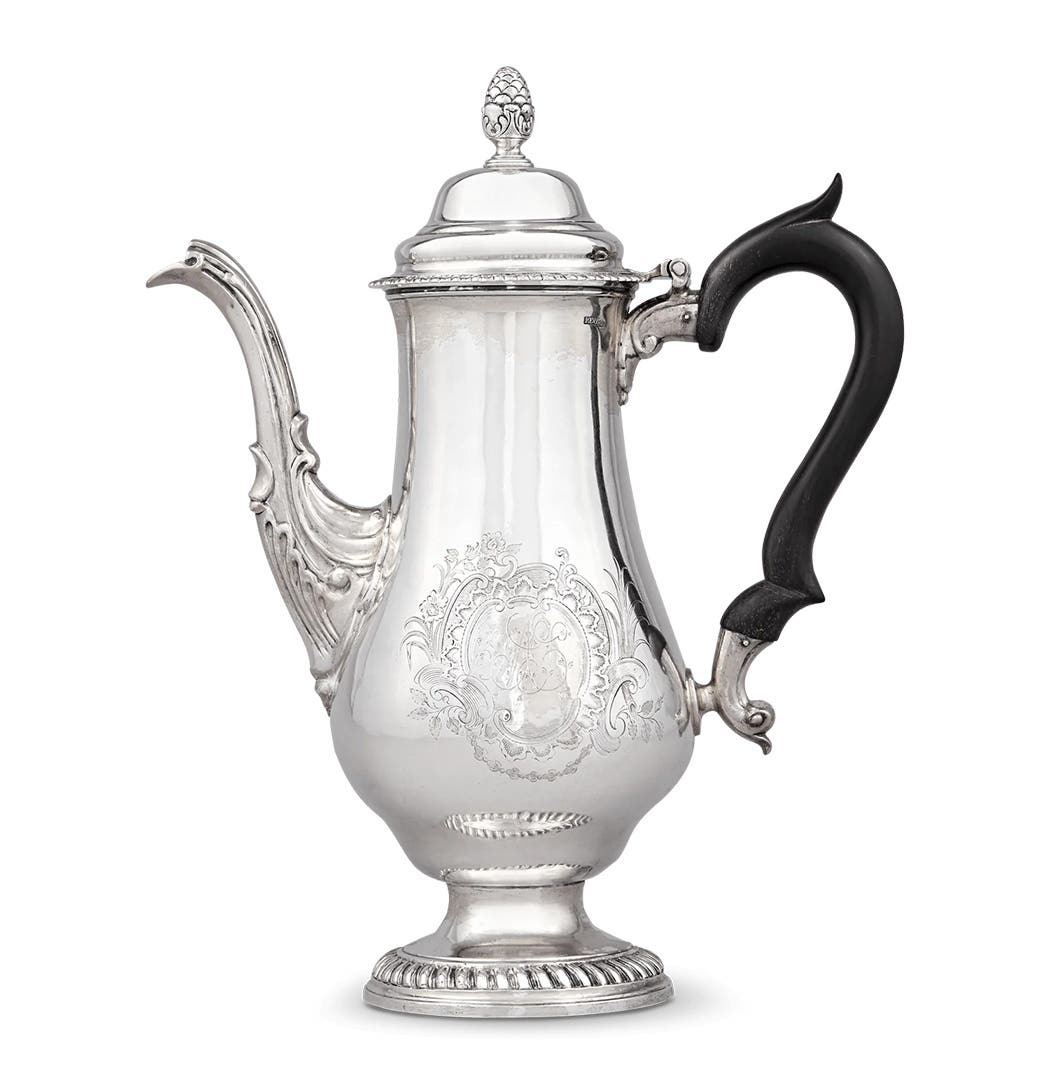Are comic strip romances better than comic book romances?
For some reason, comic books (as opposed to comic strips) don’t often seem to be able to handle the concept that married people can be effective in action-adventure stories. But what about comic strips?
So here’s the deal about many comics fans and the romance they find in their hobby: Romance is often preferred as an element, rather than as the element. And, for some reason, comic books (as opposed to comic strips) don’t often seem to be able to handle the concept that married people can be effective in action-adventure stories. Ah, but what about comic strips?
The samples on display here were not picked at random. I read the memorable Gordo (Poet, above) and On Stage (Maximus, below) sequences when they first appeared in my daily newspaper — and (not to give too much away) the stories were not only romantic; they also ended in happy, maturing marriages. (In both cases, by the way, one member of the couple was hiding a stunning secret. But, hey, you need to read the stories. Lucky for you that both are still in print!)
Mind you, all but the Maximus tale I show here have at least some humorous angle. Even the story of Prince Valiant’s first encounters with Aleta (during most of which she’s his chained prisoner!) have elements of the ridiculous.
Note, though, that at least one funny turning point was the result of the culmination of a romance in an no-nonsense adventure strip: Dick Tracy and Tess Trueheart were wed on Christmas day in 1949 after more than a decade and a half of tantalizing togetherness. Al Capp waited two years before using his Tracy satire to unite Abner and Daisy Mae. (Abner had vowed not to wed until his hero, Fosdick, did. Fosdick’s nuptials turned out to be a dream — which Abner learned too late.)
But, funny or not, comic strips could be a powerful demonstration that a comics marriage need not be a temporary plot element to be undone (because, one guesses, marriage is invariably boring to 12-year-old boys). It might be time to demonstrate that Reed and Sue are not the only couple to find success in becoming a team for life in the world of comic books.
Mind you, someone out there will point out that most of the strips to which I pay tribute here have gone away. My response? Hey, that’s all the more reason that it’s time for the art form of comic books to grow up.
Comic Sources:
Al Capp. Li’l Abner Vol. 18: 1952. [Mar 28-29, 1952] Northampton: Kitchen Sink Press, 1994. $18.95. ISBN 0-87816-242-9 Hal Foster (text by Max Trell). Prince Valiant Book 5: Prince Valiant and the Golden Princess. [1945] New York: Hastings House, 1955. Robert C. Harvey and Gus Arriola. Accidental Ambassador Gordo. [Sep 6, 1952] Jackson: University Press of Mississippi, 2000. $25. ISBN 1-57806-161-X. www.upress.state.ms.us Jack Kent. King Aroo Vol. 1, 1950-1952. [Jan 5, 1951] San Diego: IDW, 2010. $39.99. ISBN 978-1600105814. idwpublishing.com Jerry Siegel and Joe Shuster (credited). Superman: The Dailies, 1941-1942. [1942] New York: DC Comics; Northampton: Kitchen Sink Press, 1999. $14.95. ISBN 1-56389-462-9. dccomics.com Leonard Starr. Mary Perkins On Stage, Vol. 7, October 12, 1964-May 4, 1966. [Jul 27, 1965] River Forest, Ill.: Classic Comics Press, 2010. $24.95. ISBN 978-1-61658-748-2.
Maggie Thompson has been reading comic strips for almost as long as she’s been reading comic books. The impact of the Poet-Rusty story in Gordo was even more of a stunner for her in 1952 than Abner’s marriage — and as for the Maximus tales in On Stage … Well, golly. Maggie’s website is www.maggiethompson.com, and she Tweets as @ThompsonMaggie.








